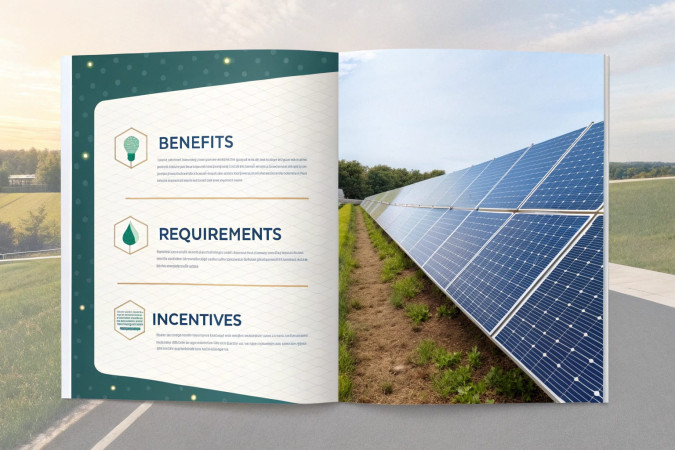
Follow India Renewable Energy News on WhatsApp for exclusive updates on clean energy news and insights
India’s Power Sector Transformation: Key Achievements & Future Goals
Feb 26, 2025
Average electricity supply in rural areas has increased from 12.5 hours in 2014 to 22.6 hours in 2025, and in urban areas to 23.4 hours in 2025. Union Minister Shri Manohar Lal outlined India's significant progress in the power sector, emphasizing universal electrification, renewable energy growth, transmission expansion, energy efficiency, and electric mobility. Speaking at a press conference in New Delhi, he detailed the government's achievements and future targets for a sustainable and energy-secure India.
Key Highlights of India’s Power Sector Growth
-
Universal Power Access & Rural Electrification
- 100% household electrification is the government’s primary goal.
- Rural electricity supply increased from 12.5 hours in 2014 to 22.6 hours in 2025; urban supply now averages 23.4 hours per day.
- Initiatives like DDUGJY, SAUBHAGYA, and PVTG Abhiyan have boosted electricity access, especially in tribal and border areas.
-
Surge in Renewable & Fossil Power Capacity
- Non-fossil power capacity rose by 180%, from 80 GW (2014) to 220 GW (2025).
- Fossil-based capacity increased by 46%, from 168 GW (2014) to 246 GW (2025).
- India’s focus remains on balancing fossil and clean energy growth to meet demand while reducing emissions.
-
Transmission Infrastructure Expansion
- Transmission network grew from 2.91 lakh ckm (2014) to 4.92 lakh ckm (2025).
- This 70% increase strengthens grid reliability and supports renewable energy integration.
-
India Becomes a Net Power Exporter
- In 2014, India was a net power importer (-3,267 MU).
- By 2025, India’s net power export reached 1,625 MU, marking its transformation into a power-exporting nation.
-
Energy Shortage Reduction
- Energy shortages dropped from 4.2% in 2014 to just 0.1% in 2025, ensuring stable power supply.
-
DISCOM Reforms & AT&C Loss Reduction
- Aggregate Technical & Commercial (AT&C) losses reduced from 22.62% in 2014 to 15% in 2025.
- Target for 2030: Reduce AT&C losses to 10%.
- DISCOMs benefit from smart metering, improved billing, and loss-reduction strategies.
-
Smart Metering Drive
- 2.13 crore smart meters installed to date.
- Future target: 19.8 crore smart meters, 52.5 lakh DTRs, and 2.1 lakh feeders.
-
Energy Efficiency & Carbon Reduction
- 53 MTOE energy savings (2024) due to energy efficiency measures.
- Carbon emissions reduced by 321 million tons.
- Sustainable building codes launched to enhance energy efficiency in commercial and residential buildings.
-
Electric Mobility & Charging Infrastructure
- 1 lakh EV charging stations to be installed by 2030 to accelerate EV adoption.
- EV infrastructure expansion aligns with India’s decarbonization & transport electrification plans.
India's power sector transformation reflects a multi-pronged strategy of electrification, renewable growth, infrastructure development, energy efficiency, and digitalization. With continued policy support, India is on track to achieving a sustainable, self-reliant energy future.